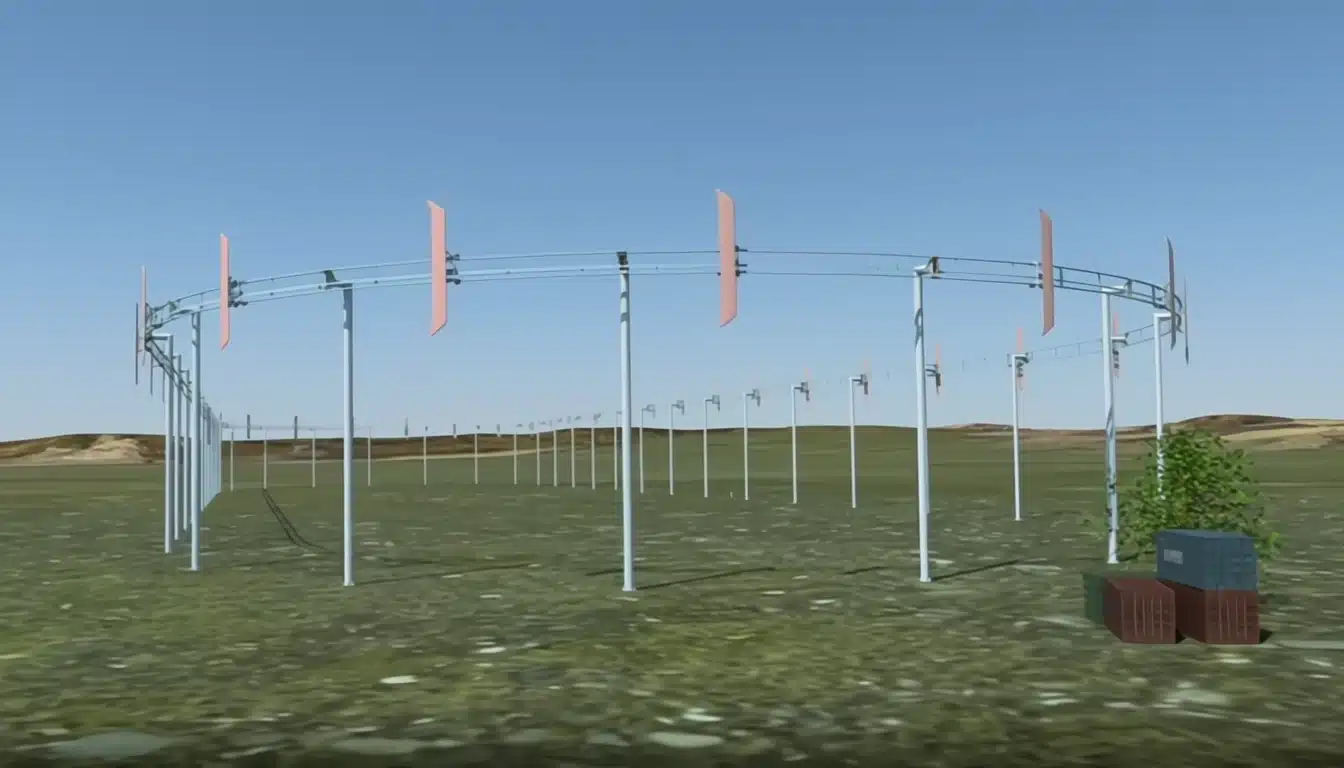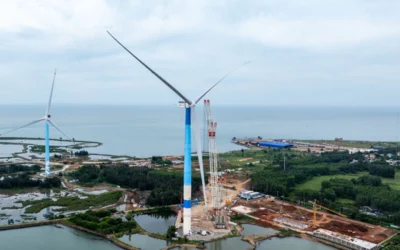Airloom Energy, backed by Bill Gates, is building its first pilot turbine site featuring compact vertical-wing technology that promises to cut wind power costs by 90%. This could enable rapid deployment and greater energy access across challenging US terrains ahead of commercial rollout in 2027.
Airloom Energy, a Wyoming-based startup backed by Bill Gates’ Breakthrough Energy Ventures, is on the verge of transforming the wind energy sector with its pioneering turbine technology. The company is constructing its first pilot site in Rock River, Wyoming, bolstered by $13.75 million in funding. Airloom’s innovative approach promises to deliver more energy at a significantly lower cost while offering enhanced efficiency and rapid deployment, positioning the firm as a potential key player in addressing the United States’ growing energy needs and bolstering energy security.
Unlike traditional horizontal-axis wind turbines (HAWTs) that dominate the market, Airloom Energy has developed a radical new design. Rather than relying on bulky, conventional blades, its turbines feature vertical wings that spin around a lightweight, oval-shaped track. This design substantially reduces costs by eliminating the need for massive concrete foundations and cutting transportation expenses owing to the compact, modular construction. The turbines are roughly one-tenth the per-unit cost of traditional models, making them highly economical and suitable for challenging locations, including low-wind areas, mountainous terrain, remote islands, and restricted spaces such as military bases and airports.
A significant advantage of Airloom’s turbines is their speed of deployment. Whereas conventional wind farms can take up to five years to install, Airloom’s mass-manufacturable components and compact design enable sites to be up and running in less than a year. This rapid buildout capability could be transformative, especially as the U.S. grapples with a looming energy shortfall projected by the North American Electric Reliability Corporation by 2035 and increasing power demands from data centres supporting burgeoning AI and digital infrastructure.
The pilot facility in Wyoming, currently under construction, will serve as a critical proving ground to validate the turbines’ power generation capacity, optimise deployment costs, and refine their operational and maintenance protocols. Commercial demonstrations are slated for 2027, marking a crucial milestone in Airloom’s journey to scale their technology.
Airloom’s ambitions extend beyond terrestrial wind power. The company is exploring applications in offshore environments, defence operations, and disaster relief, suggesting a versatile future for their technology. This diversification may unlock new markets and catalyse broader adoption of wind energy solutions tailored to specific sector needs.
The potential environmental and economic impacts of Airloom Energy’s technology are significant. By reducing capital costs to a fraction of what traditional wind farms require, the startup aims to dramatically lower the levelized cost of energy, with estimates as low as $0.013 per kilowatt-hour. This could make wind energy accessible and practical in regions previously considered unsuitable for traditional turbines, thereby accelerating the shift towards sustainable energy sources and contributing to global efforts against climate change.
As Airloom Energy moves towards commercial deployment, the energy sector is watching closely. Neal Rickner, the company’s CEO, expresses optimism that their innovations will enhance energy security, improve affordability, and help meet the complex demands of future energy landscapes. Should these ambitious goals be realised, Airloom’s compact, modular turbines may well redefine wind power globally, challenging entrenched technologies and reshaping what is possible in renewable energy generation.




